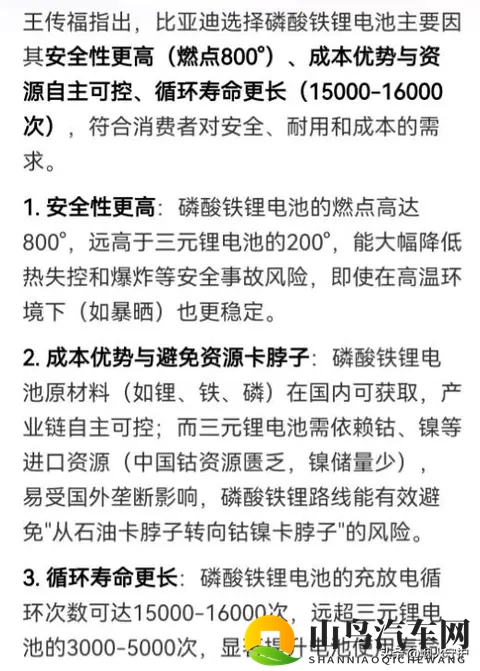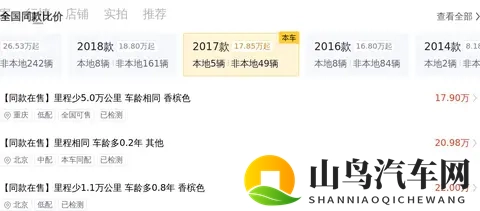Revolutionizing the Drive: The Future of Automotive Software
The automotive industry is undergoing a transformation, with smart car software at the forefront. These innovative technologies are not only enhancing the driving experience but also offering new ways for drivers to interact with their vehicles.
In a surprising twist, some developers are looking beyond the conventional features to integrate more personal touches into the driving experience. Enter the concept of a "love" software, which aims to create a more intimate connection between the driver and the car.
While the term might initially seem unconventional, this software is designed to provide a more personalized experience, using data and algorithms to tailor the driving environment to the individual's preferences. This could range from adjusting the climate control to creating a soothing ambiance for longer journeys.

Artificial Intelligence (AI) plays a crucial role in making these personalized experiences possible. By analyzing data such as driving habits, weather conditions, and even the driver's mood, AI algorithms can make real-time adjustments to enhance the driving experience.
bAI is not just about convenience; it's about creating a sense of community and connection between the driver and the vehicle. This could be particularly beneficial for those who have a strong emotional bond with their cars, treating them almost like personal companions.

While the "love" software might sound like a luxury feature, its implications for safety are significant. By providing real-time feedback and alerts, these advanced software systems can help prevent accidents and ensure a safer driving experience.

For example, the software could detect when a driver is becoming drowsy and suggest a break or adjust the cabin settings to keep the driver alert. This proactive approach to safety is a testament to the power of technology in transforming the automotive industry.
Despite the promising advancements, there are challenges to overcome. Ensuring data privacy and security is paramount, especially as cars become more connected to the internet. Additionally, the integration of such advanced software requires robust infrastructure and widespread adoption by both manufacturers and consumers.
However, with ongoing research and development, these challenges are expected to be addressed, paving the way for a future where cars are not just a means of transportation but also a source of joy and companionship.
Copyright © 2025 山鸟汽车网
网站展示的汽车及品牌信息和数据,是基于互联网大数据及品牌方的公开信息,收集整理客观呈现,仅提供参考使用,不代表网站支持观点;